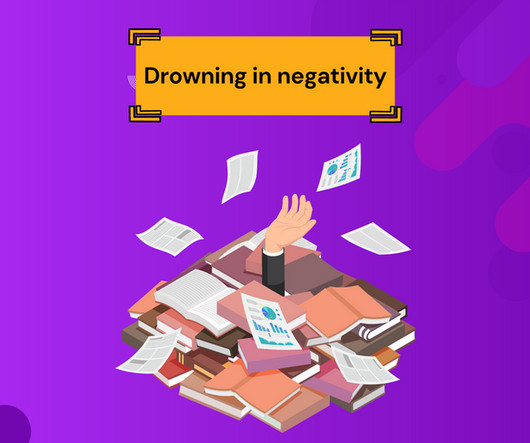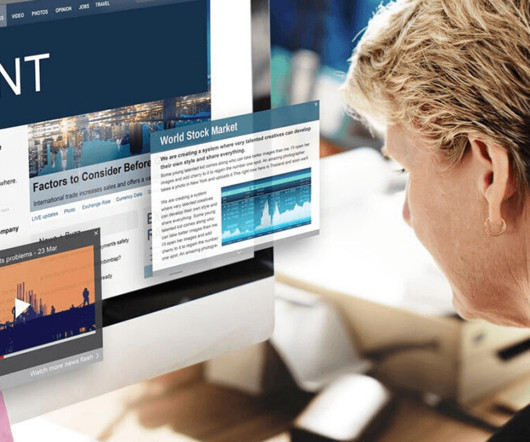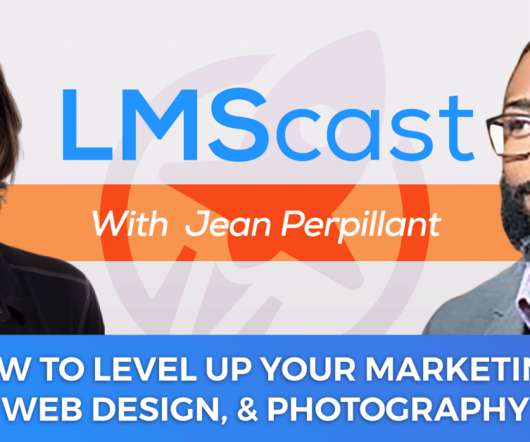How to Navigate Social Media (and Avoid Information Overload)
Rapid eLearning
JANUARY 26, 2010
There’s a lot of conversation about social media. For example, if you build rapid elearning courses with Articulate products there are all sorts of resources available to you: Articulate’s Facebook page keeps you up-to-date on news and information. Not only is social media good for you, it’s good for your learners.













































Let's personalize your content